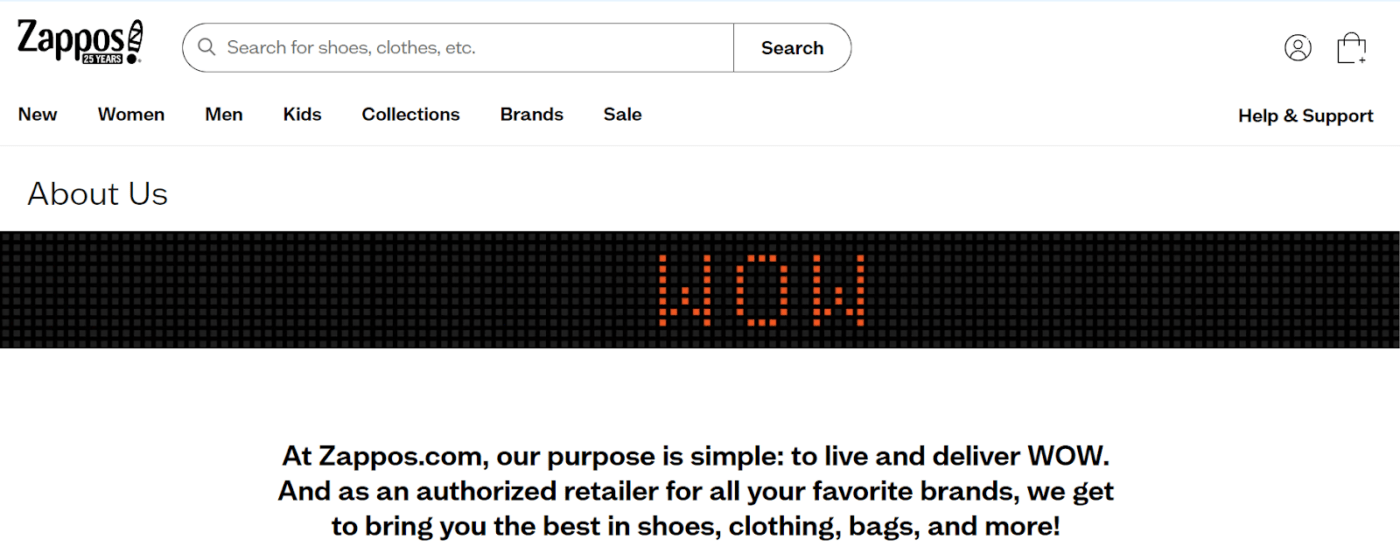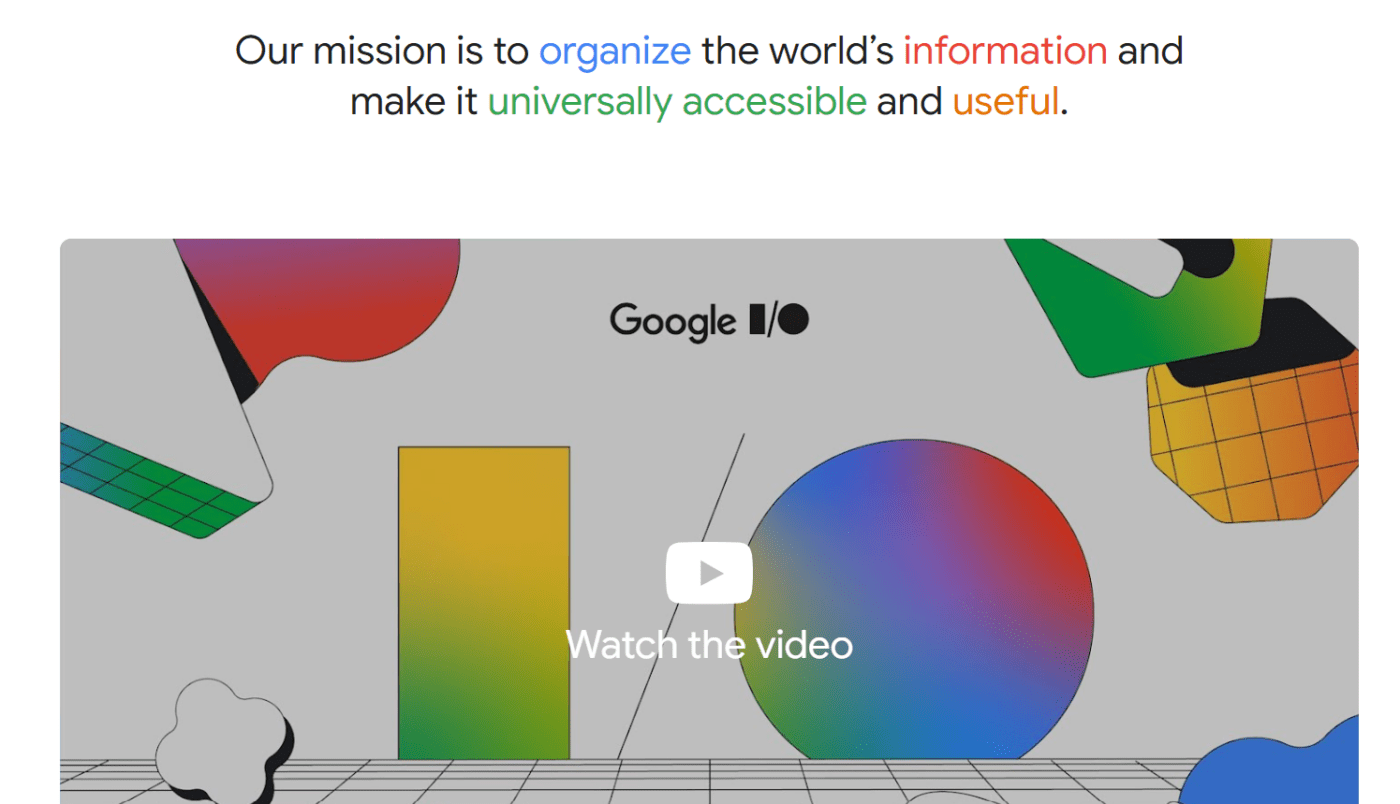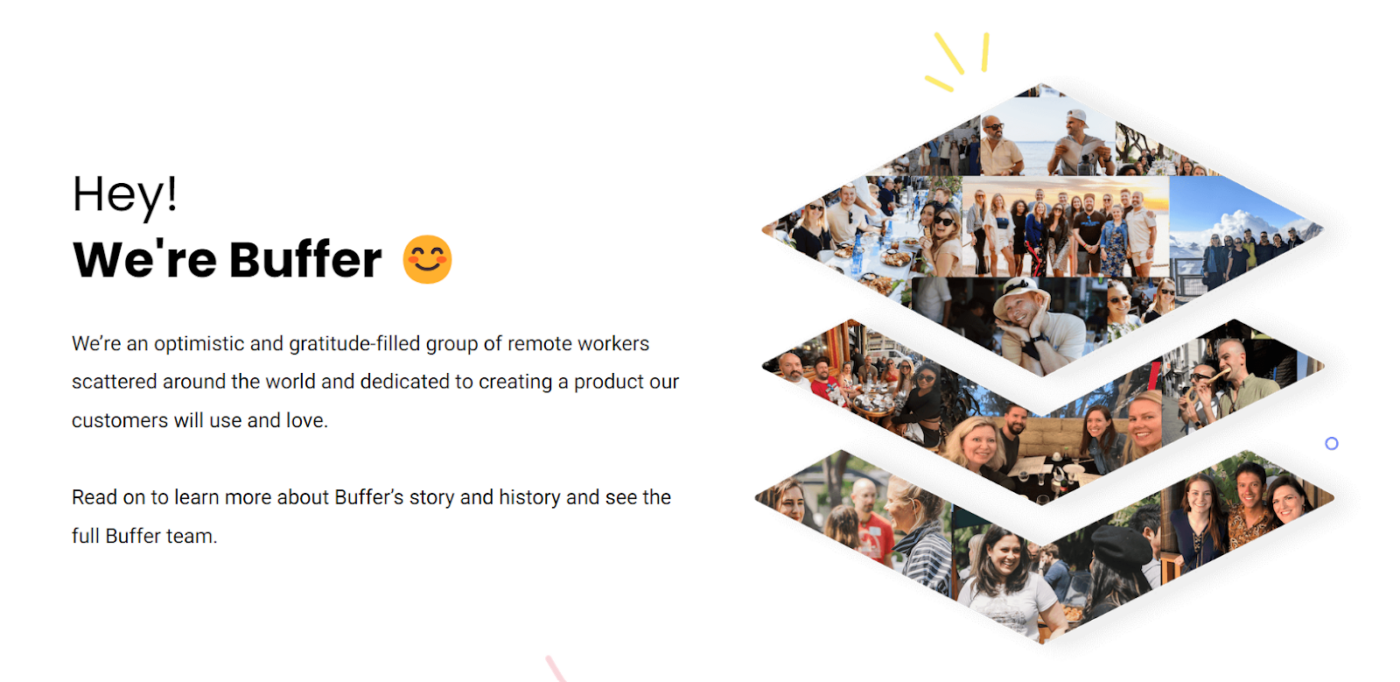How to Build a Positive Company Culture (with Examples)

Sorry, there were no results found for “”
Sorry, there were no results found for “”
Sorry, there were no results found for “”
Have you ever heard someone describe a company as having a ‘great culture?’ It could mean the person describing the culture feels valued, supported, and excited to come to work every day.
That’s the power of a positive company culture. But what exactly is company culture, and why is it so important?
Company culture can be defined as the set of values, beliefs, and behaviors that shape how employees interact with each other, their leaders, and the work itself in an organization.
It’s not just about ping-pong tables and free lunches (although those can be attractive perks). A strong and successful company culture creates a sense of belonging, purpose, and motivation, which can significantly impact your business.
You wake up on a Monday morning, not dreading the work week ahead but feeling excited to head into the office. Your colleagues help, encourage, and collaborate with you, your boss is supportive and motivating, and your work feels meaningful.
This, my friend, is the power of a positive and great company culture. It can
What exactly makes a company culture ’great?’ Beanbag chairs and free snacks are fun, but they’re not the cornerstones. A truly exceptional culture is built on a solid foundation of core elements that create a supportive, motivating, and positive work environment.
These are essential building blocks that attract top talent, enhance employee engagement, and build a great company culture.
We’ve all heard the saying, “There’s no one-size-fits-all approach.” The same goes for company culture and work environment.
Like people with diverse personalities and preferences, companies cultivate unique work environments that reflect their values and goals.
In this section, we’ll explore some of the most common company culture types, each with its strengths and characteristics:
While the above cultures represent some common types, others defy easy categorization:
A company’s culture can also be categorized by their organizational structure:
Let’s look at real-world company culture examples known for their positive culture.

Zappos is renowned for prioritizing employee happiness and offering exceptional customer service. They invest heavily in employee training and create a fun and engaging work environment.
Let’s dive into the core elements that define the ‘WOW’ at Zappos.

Google’s success story is intertwined with its unique company culture, which heavily emphasizes creativity and openness.
As one of the leading company culture examples, this environment allows employees, or ‘Googlers,’ to flourish and develop innovative ideas that have revolutionized how we access information and interact with technology.
To summarize, Google’s company culture of creativity and openness empowers employees, encourages out-of-the-box thinking, and creates a collaborative environment.

Patagonia’s commitment to environmental responsibility isn’t just a marketing slogan; it’s woven into the very fabric of their company culture. Founded by the legendary climber Yvon Chouinard, Patagonia has a long history of prioritizing the planet over profits.
Patagonia has set a high bar for a strong organizational culture. They demonstrate the power of aligning company values with a cause that positively impacts a larger community while simultaneously prioritizing employee well-being. They are a prime example of a successful business positively impacting both the planet and its employees.

GitLab’s company culture is centered around three core principles: remote-first work, transparency, and a strong emphasis on collaboration.
Remote-First Culture:
Transparency:
Collaboration:
By embracing these core aspects and adapting them to their specific needs, you can cultivate a work environment and organizational culture similar to GitLab’s, cultivating a sense of trust, collaboration, and empowerment that leads to a happy and productive workforce.

Buffer’s fully remote workforce thrives on a workplace culture built on transparency, autonomy, workplace flexibility, and strong team spirit.
Buffer’s approach focuses heavily on building trust and connection despite physical distance. Here’s a breakdown of these core values and how your company can incorporate them:
Additional Ideas for Building a Buffer-Inspired Corporate Culture:
We’ve learned that a strong culture is the backbone of a successful organization. But how do you know if your culture is thriving? Here are two key ways to evaluate your company culture:
Regularly soliciting employee feedback is crucial to understanding your company culture. Utilize anonymous surveys to gather honest feedback on various aspects, such as work-life balance, communication, leadership, and overall satisfaction.
Tools like ClickUp’s Employee Engagement Survey template can help you design a comprehensive survey that captures valuable employee insights.
This template simplifies gathering and analyzing employee feedback. It provides a user-friendly format for creating custom surveys, gathering real-time responses, and categorizing feedback by department or team. This allows you to gauge employee satisfaction, identify areas for improvement, and ultimately boost employee engagement.
Be sure to address your company culture before problems arise. Conduct regular ‘culture health checks’ that involve focus groups, one-on-one meetings, or open forums. This allows you to identify areas for improvement and proactively address any potential issues affecting employee morale or engagement.
A healthy company culture is built on a foundation of employee well-being.
These are some of the many ClickUp features that help you collaborate with your team more effectively.
Leaders play a crucial role in shaping company culture.
Building a strong company culture requires a clear vision. If you want help with that, check out ClickUp’s Vision Whiteboard template. It isn’t just for product planning—it can also be a powerful tool for cultivating a positive and unified team environment.
This template and ClickUp’s Project Management feature acts as a springboard for collaborative brainstorming and transparent progress tracking, keeping everyone informed and motivated.
Prioritizing employee well-being isn’t just about offering ping-pong tables and nap pods. It’s a strategic investment that fuels productivity and reduces burnout.
Onboarding is traditionally viewed as a process for getting new hires up to speed on their roles and responsibilities. But companies need to go beyond the basics. A well-designed onboarding program serves as a springboard for integrating new hires into the company culture from day one.
This shift in focus requires a few key changes:
ClickUp’s New Hire Onboarding Template can help you streamline onboarding and ensure that new hires feel welcome, informed, and excited to contribute.
This customizable template lets you create a step-by-step onboarding process with clear task assignments, due dates, and automated reminders. Later, you can assign tasks to different team members and track progress visually through ClickUp’s Tasks.
This ensures a smooth and efficient onboarding experience, getting your new hires up to speed and feeling valued from day one.
Investing in company culture isn’t just the right thing to do; it’s also good for business. Employees who feel valued, supported, and engaged are likelier to go the extra mile for your company.
So, take the time to assess your current culture and identify areas for improvement. By following the tips in this blog post, you can create a positive and thriving work environment that attracts and retains top talent, fuels innovation, and propels your business forward.
Sign up for ClickUp today and create a space where your employees and business can flourish!
© 2025 ClickUp